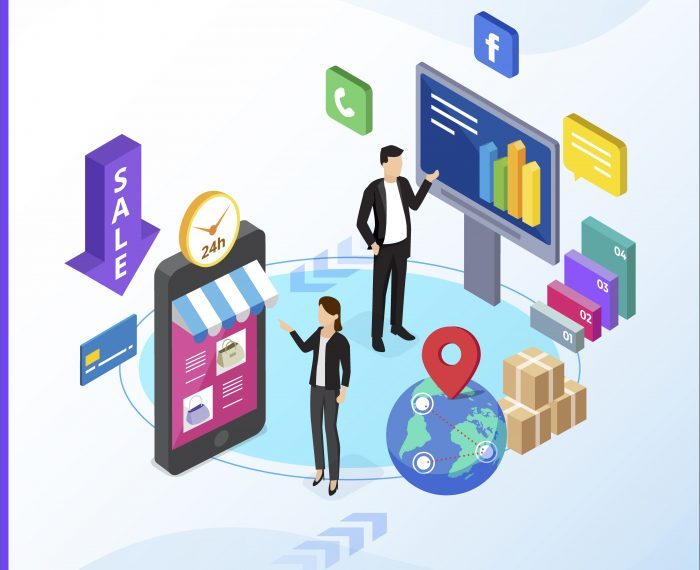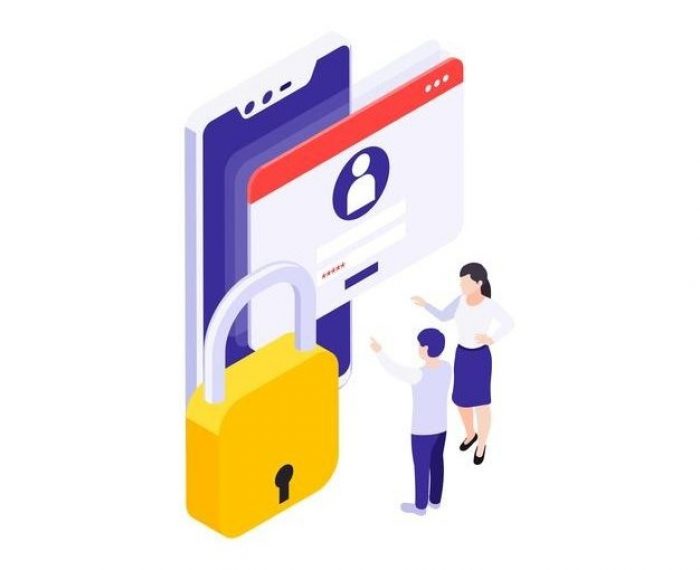What is data monetization?
Data Monetization refers to the process of using data to obtain quantifiable economic benefits. Earlier, payment providers were making money from the fees charged to merchants for accepting payments from their customers. But data monetization has become a new business model which generates customer insights from data via advanced analytics to monetize the data itself.
Let’s get started with example and understand how payment data can be a next big pay off for payment providers-
For example, large ecommerce companies like Flipkart,Amazon or Myntra, n number of transactions are happening in fraction of seconds. These ecom companies can use their transactional data and create highly differentiated advertisement offerings in real-time bidding situations. Informative data about customer demographics and activity will allow the company to offer differentiated prices.
Another example is, an online classified portal uses algorithms to spot when customers move to a new location. This information can be used by businesses to business partners to offer targeted services.
These examples highlight how these platforms are taking advantage of new approaches and how they created value for customers along with new revenue streams in a world shaped by technology and data.
For payment providers, this shift towards holistic patterns of payment acceptance, including new softwares and financial services enabling the payment processing fast and are in a step to become a commodity. Leveraging data is a first step in the direction of redefining business models to add new value to their business.
From payment gateways to issuers, today’s payments providers have a treasure of data at their fingertips. Data monetization ensures that you get the most value from your data by increasing profit, decreasing costs, and optimizing opportunities for the business.
Data is not the business in the payment industry. However, it’s a resourceful by-product of a business.
It is an asset- which has untapped potential to positively affect your bottom line.
You even have the opportunity to utilize your data to streamline operations, enhance your services and goods, cut costs, and identify new opportunities. Or you can use this data as a new revenue stream, wherein it has its own right that you can sell access to.
How can you monetize data?
As our world has become increasingly data-driven, there has been development of different ways to monetize data. Payment providers are in a distinctly powerful position to capture emerging opportunities as they have deep stats of merchants as well as of the consumers, wherein they can merge these two borders by providing a lucrative incentive to influence consumer’s choice of merchants to extract value through monetized data or through third parties.
Payment providers seek new high revenue streams, many are moving into consumer finance, offering cash advances to merchants, or developing their own business management solution. Payment providers nowadays are filling the gap between merchants and consumers by providing both parties lucrative incentives.
The question arises, how can you monetize the data? One can create revenue from data stats with providers by first identifying what type of data they have, understanding the value of that data of merchants on customers and building sustainable business models to build go to market strategy.
“Payment providers that can find ways to monetize their vast wealth of transaction data can seize a powerful opportunity to differentiate.”- Christian Low
Transactions build great insights around purchasing patterns
Data is created whenever a customer uses a digital payment method, either shopping online or in store purchase. In fact, this transaction data generates variable data points like:
- How much was paid in total?
- How many items were purchased?
- Where did the transaction take place?
- Total transaction at that store? etc.
Payment providers can also create multi-faceted data which includes detailed analysis of each merchant and its transactional ecosystem.
Together this collective information from thousands of transactions, conducted by thousands of customers every day, forms a pool of rich connected data points. This entire data set can be used in real time depending on a provider’s infrastructure.
What can be a successful data monetization model?
Payment service providers can improvise the solution using the data of the sector that are currently improving at a radical pace. Fashion is an industry judiciously using these data points. Using the user transaction and order data, they can build a financial scoring model of their customers. This is provided to BNPL (Buy Now Pay Later) companies to facilitate them making decisions on providing deferred payments to customers. In another example, online classifieds use algorithms on data points to spot when a customer moves to a new city, which in turn can be used by their B2B partners to offer targeted services, like offers from local businesses.






